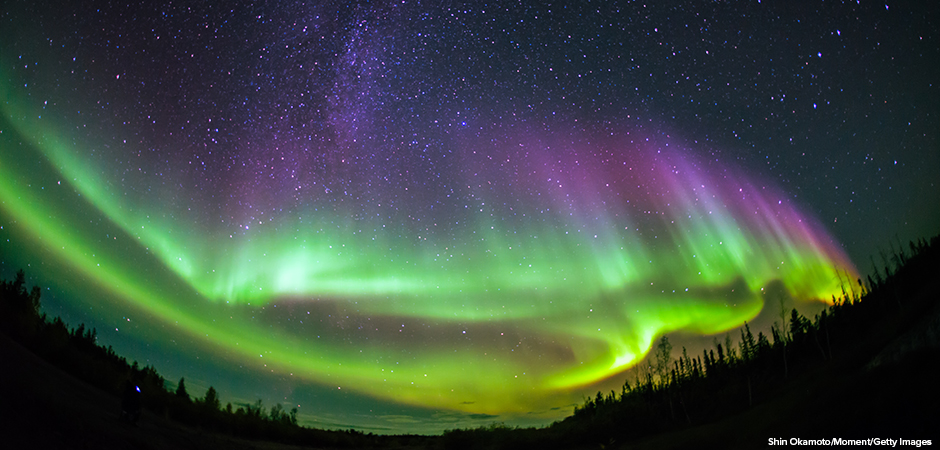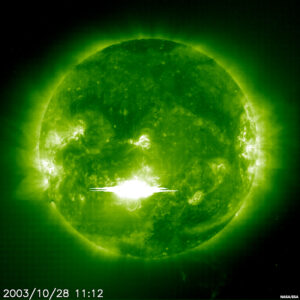
In mid-May 2024, many people in the United States and around the world enjoyed a rare opportunity to view the spectacular, colorful night skies of the aurora borealis, commonly known as the northern lights. While the northern lights are commonly visible at the northern latitudes of Canada and Alaska in North America, the viewing areas in May stretched as far south as Florida. Sightings of the northern lights were also reported in Great Britain, Germany, India, Italy, and Spain.
In the Southern Hemisphere the aurora australis, commonly known as the southern lights, were visible in Australia, New Zealand, and Tasmania.
Auroras, or natural light displays, often occur in the sky at polar latitudes. They are not visible in the daylight. The best viewing conditions include clear, dark nights, preferably where no city lights can reduce the viewing brightness. The best hours for viewing are between 10:00 p.m. and 2:00 a.m. The lights are visible with the naked eye, however digital cameras can capture colors that the eye alone cannot see.
Solar Cycle Approaches Peak Activity

The expanded visibility of the northern and southern lights in May is the result of a period of intense solar activity. The Sun has recently experienced large eruptions of electromagnetic radiation (solar flares) and flares of plasma (coronal mass ejections) that have affected the Earth’s magnetic field. These solar events are part of a regular 11-year solar cycle that will reach its peak in July 2025. During these times in the solar cycle’s peak, the auroras become more visible.
Just as hurricanes are rated on a wind scale from one to five, geomagnetic solar storms are rated from G1 (minor) to G5 (extreme). The geomagnetic storm that occurred on the second weekend in May rated a G5. This was the strongest solar storm since 2003.
Aurora, Goddess of the Dawn
The origins of the terms aurora borealis and aurora australis are simpler than the words may sound. The word aurora is the Latin term for dawn. Aurora is also the name of the Roman goddess of the dawn. Borealis is the Latin term for northern. Boreas is also the name of the Greek god of the north wind. Australis comes from the Latin term for southern. Auster is the name of the Roman god of the south wind.
